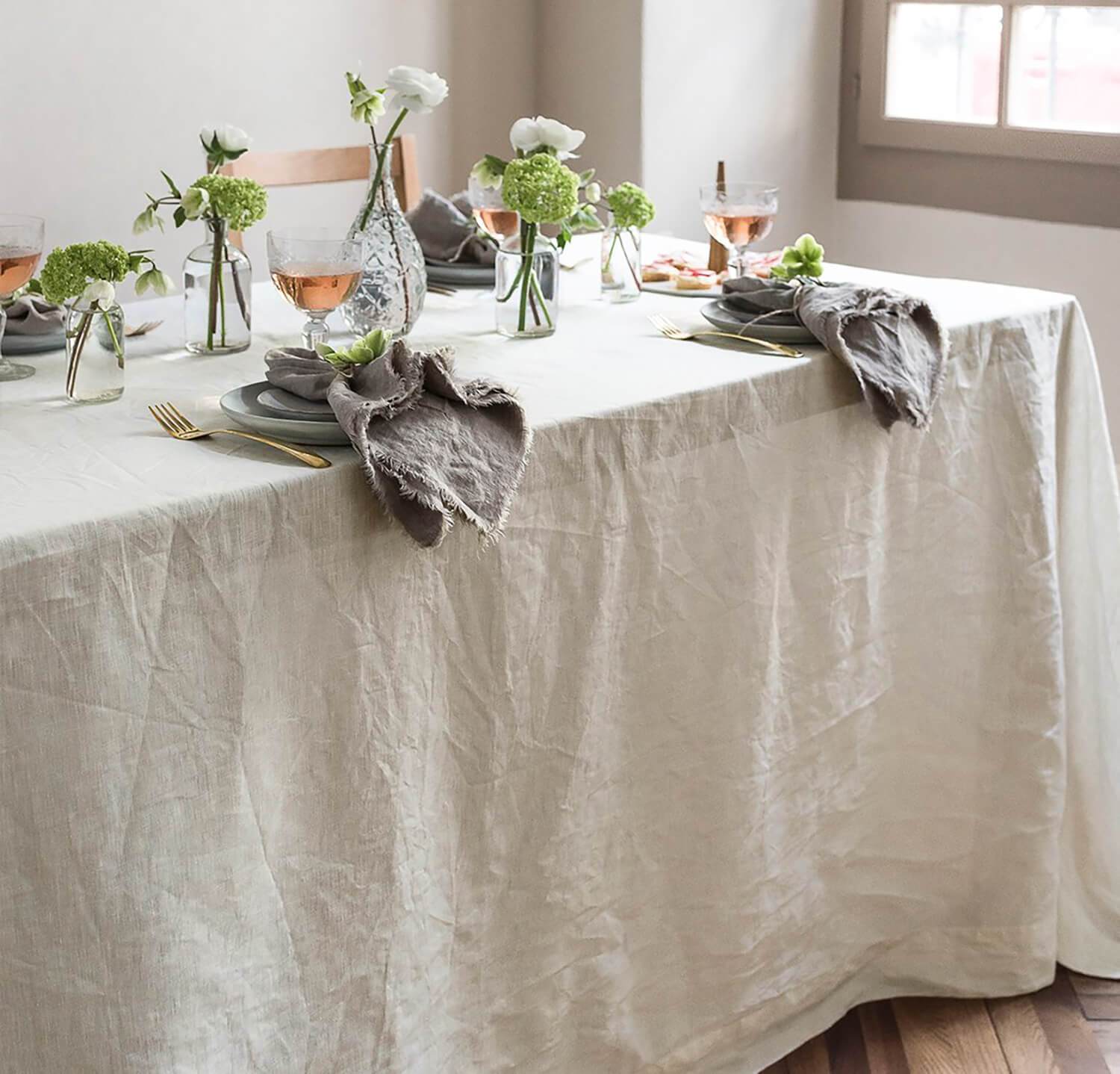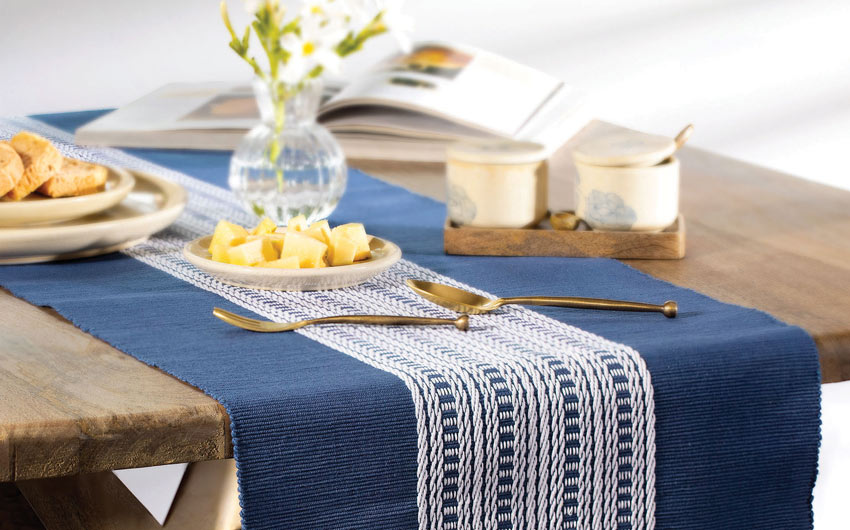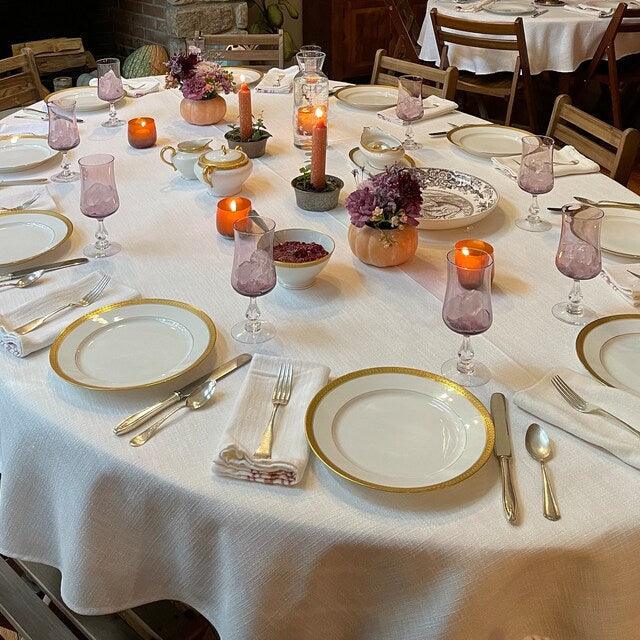Bed Linen Fabric Advancements: Discovering Modern Trends and Creative Applications in Layout and Fabric Sector
From lasting manufacturing methods to cutting-edge weaving technologies, the development of linen is reshaping the landscape of the fabric sector. As we delve right into the realms of creative style applications and the development of linen blends and crossbreed materials, a brand-new chapter unravels in which linen's function in future fabric advancements takes facility stage.
Sustainable Practices in Bed Linen Production
Lasting methods in bed linen manufacturing have become significantly critical in the textile industry's initiatives to lessen environmental impact and advertise ethical sourcing techniques. Linen, an all-natural fiber obtained from the flax plant, offers a variety of advantages such as biodegradability, longevity, and breathability. Nonetheless, typical approaches of linen production can involve significant water intake, pesticide use, and energy-intensive processes.
To attend to these obstacles, many fabric suppliers are embracing lasting techniques throughout the bed linen production procedure. This consists of sourcing flax from natural ranches that stay clear of hazardous pesticides and chemicals, applying water-efficient retting techniques to remove fibers from the flax stalks, and using environmentally friendly dyes and surfaces. Furthermore, some firms are buying eco-friendly power sources to power their production centers and decreasing waste through recycling and upcycling efforts.
Technical Innovations in Bed Linen Weaving
With the growing emphasis on sustainable methods in linen production, the fabric sector is now witnessing a surge in technical developments particularly aimed at reinventing the art of linen weaving. These technologies are improving the way bed linen fabrics are generated, supplying enhanced efficiency, quality, and creative thinking in weaving techniques.
Among the vital technological developments in linen weaving is the combination of computerized looms. These sophisticated looms are furnished with software application that enables complex and intricate layouts to be woven with precision. By digitizing the weaving procedure, producers can attain better consistency and precision in their linen materials.
In addition, advancements in thread spinning technology have actually allowed the manufacturing of finer and more long lasting bed linen yarns - table cloths. This causes softer and smoother bed linen materials that keep their quality also after multiple uses and washes
Furthermore, the growth of environment-friendly dyeing processes and surfaces for bed linen fabrics is gaining grip. These lasting methods not just lower the environmental impact however likewise accommodate the increasing consumer need for fairly produced textiles.
Creative Style Applications for Linen
Ingenious creative strategies are significantly forming the imaginative layout applications for linen in the fabric industry. Linen's natural visual appeal and ability to blend with other textiles make it a favorite option for producing unique garments and accessories that provide to the environmentally aware customer.
Furthermore, developers are try out bed linen in home style, utilizing its breathable and durable nature to craft stylish furnishings such as drapes, bedding, and upholstery. The texture and drape of linen bring a feeling of sophistication and convenience to interior spaces, adding a touch of sophistication to modern homes.

Linen Blends and Hybrid Fabrics

Crossbreed materials, on the other hand, take the concept of mixing a step further by integrating added elements such as metal strings, recycled products, or conductive fibers. These innovative textiles not only broaden the design opportunities yet likewise introduce practical facets like conductivity, antimicrobial residential properties, or improved sturdiness. Crossbreed materials are increasingly being used in various sectors, consisting of style, interior design, and technological fabrics, where the need for multifunctional materials gets on the increase.
Bed linen's Function in Future Fabric Innovations

In the realm of future textile technologies, linen is expected to be a principal in the advancement of sophisticated functional materials. Developers and researchers are checking out means to boost bed linen's fundamental qualities through technological advancements, such as including wise fabrics, nanotechnology, and performance surfaces. These developments intend to raise linen's performance qualities, making it suitable for a broader array of applications, from activewear to protective clothing.
Furthermore, the combination of linen with various other all-natural or synthetic fibers opens endless possibilities for creating unique textiles with distinct homes and capabilities. By leveraging bed linen's characteristics and checking out innovative blends, the textile industry is poised to present interesting developments that provide to evolving customer needs and sustainability needs.
Final Thought
Finally, the expedition of sustainable techniques, technical advancements, innovative layout applications, bed linen blends, and its duty in future fabric developments highlight the continuous advancement of linen material in the modern-day design and textile market. With a focus on technology and creativity, the flexibility and environmentally friendly nature of linen make it a beneficial material for developers and suppliers alike, leading the way for more advancements and developments in the area of textiles.
As we delve right into the worlds of imaginative design applications and the appearance of bed linen blends and hybrid textiles, a new phase unfolds in which bed linen's function in future fabric innovations takes center stage.
Checking out the blend of linen with other textiles has led to the introduction of ingenious blends and crossbreed textiles in content the modern textile market. Bed linen blends provide a special mix of the qualities of bed linen with those of other fibers, resulting in textiles that have boosted residential or commercial properties such as raised toughness, improved draping, and minimized wrinkling.The advancement of bed linen blends and hybrid materials has actually set the stage for Linen to play a critical function in driving future fabric developments.In the realm of future textile developments, linen is expected to be a key gamer in the advancement of advanced practical textiles.
Comments on “Ultimate Guide to Flat Sheet Products: Discover the very best for Your Bedroom”